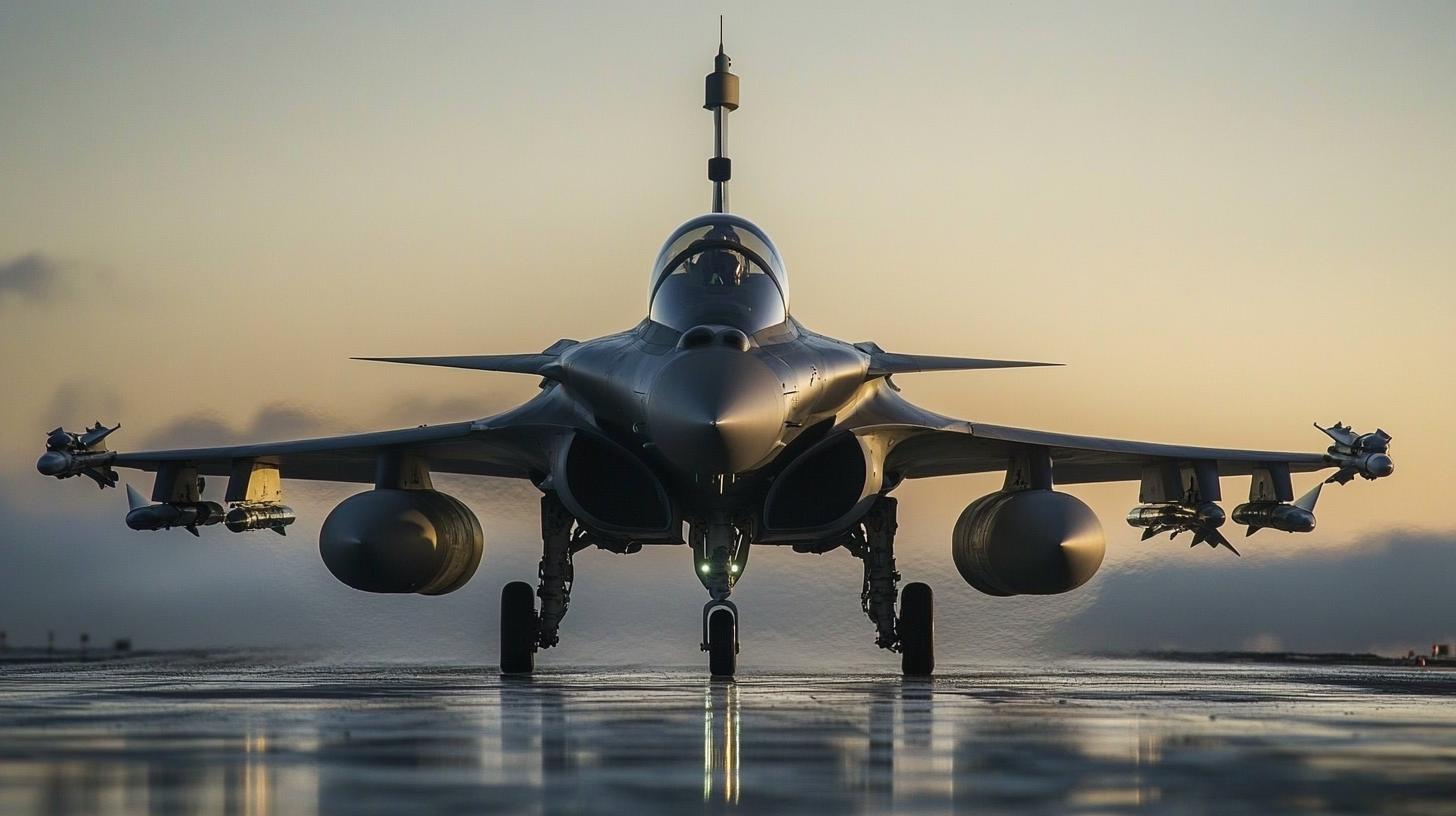Rio de Janeiro, Brazil: A major development unfolds in the world of military aviation as Italy, Japan, and the United Kingdom explore the possibility of expanding their coalition for the groundbreaking 6th-generation GCAP jet fighter project. This initiative was a focal point at the G20 Summit in Brazil, where the leaders from each of these nations engaged in strategic discussions.
The three countries—Italy, the UK, and Japan—initially entered an agreement in December 2022 to jointly develop a state-of-the-art fighter jet, aiming for operational readiness by 2035. UK Prime Minister Keir Starmer, along with his cabinet, recently endorsed the Global Combat Aircraft Programme (GCAP), reinforcing their commitment to tackle emerging global threats from nations such as Russia and China.
GCAP is poised to revolutionize military air defense, synthesizing efforts from the UK and Italy’s existing Tempest Project. The leaders—Prime Minister Giorgia Meloni of Italy, Japanese Prime Minister Shigeru Ishiba, and British Prime Minister Keir Starmer—met on the sidelines of the summit. Their dialogue touched upon various project aspects, including the strategic growth of their coalition by inviting more countries to join this ambitious endeavor.
The triad of nations underscored the importance of continuing and potentially expanding the project. This expansion could enhance their technological prowess and secure them a pivotal role in global defense innovation. As the GCAP garners momentum, the collaborative efforts of these nations mark a significant milestone in geopolitical defense strategies.
The World-Changing Impact of the GCAP Jet: What You Didn’t Know
The partnership between Italy, Japan, and the United Kingdom in developing the 6th-generation GCAP jet fighter represents more than a mere advancement in military technology. While the discussions at the G20 Summit emphasized potential expansions and alliances, the ramifications of this project extend deeply into both technological territories and geopolitical landscapes, influencing the path of humanity itself.
Beyond Military Innovations: The Dual-Use Technology of GCAP
What sets the GCAP project apart is its potential to spur innovations that transcend military utility. Technologies developed for these state-of-the-art jets could trickle down into civilian sectors, leading to advancements in aviation safety, materials science, and even artificial intelligence. For instance, revolutionary improvements in stealth technology might improve noise reduction in commercial airliners, enhancing urban living. Additionally, strategic AI systems used for combat decision-making could refine algorithms in autonomous vehicles, advancing the era of self-driving cars.
Rising Controversies: Ethical Dilemmas in Warfare and Surveillance
However, the military focus of the GCAP raises important ethical questions. The increasing integration of AI in warfare introduces dilemmas around autonomy in lethal decision-making. Can we trust machines with life-or-death decisions in complex environments? This question sparks debates among ethicists and technologists, concerned with the potential for AI-driven combat to outpace human oversight. Furthermore, enhanced surveillance capabilities inherent in these jets could expand into societal monitoring, posing risks to privacy and civil liberties.
The Economic Pull: A Double-Edged Sword
Economically, the potential positive effects are substantial. The development of the GCAP jet could stimulate high-tech industries and create thousands of jobs across the partner nations. Yet, this economic boon is not without its drawbacks. Investment runs into billions, and these funds might otherwise serve areas like healthcare or education. Democracies are left to question whether prioritizing defense spending aligns with public interest.
Challenges of International Collaboration: Harmonizing Technology and Policy
As Italy, Japan, and the UK seek to expand their coalition, integrating varied technological capabilities and defense policies becomes a key challenge. Harmonizing different engineering standards and achieving collaborative innovation presents a logistical puzzle. Can these nations align seamlessly, or will differing national interests impede progress?
Advantages and Disadvantages: Weighing the GCAP Project’s Impact on Humanity
Advantages:
– Potential leaps in technology with civilian applications.
– Strengthened political alliances and collaborative research efforts.
– Economic boosts in partner countries.
Disadvantages:
– Ethical concerns over autonomous warfare.
– High costs diverging funds from critical societal needs.
– Risks associated with proliferation and use of advanced surveillance technologies.
The expansion of the GCAP project could redefine human interaction with technology and reshape global defense dynamics. The questions it raises warrant collective scrutiny and discussion.
For further reading on advancements in military technology and its societal impacts, consider exploring boeing.com and lockheedmartin.com. These links provide additional insights into how global defense initiatives are transforming the technological landscape.







